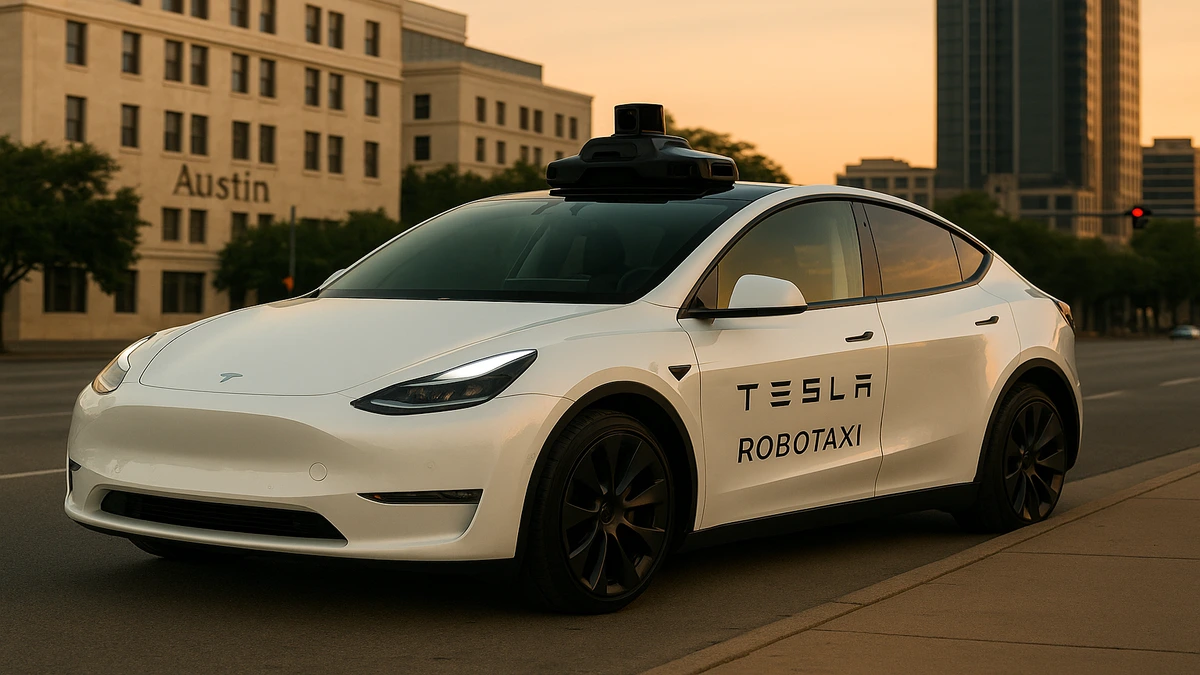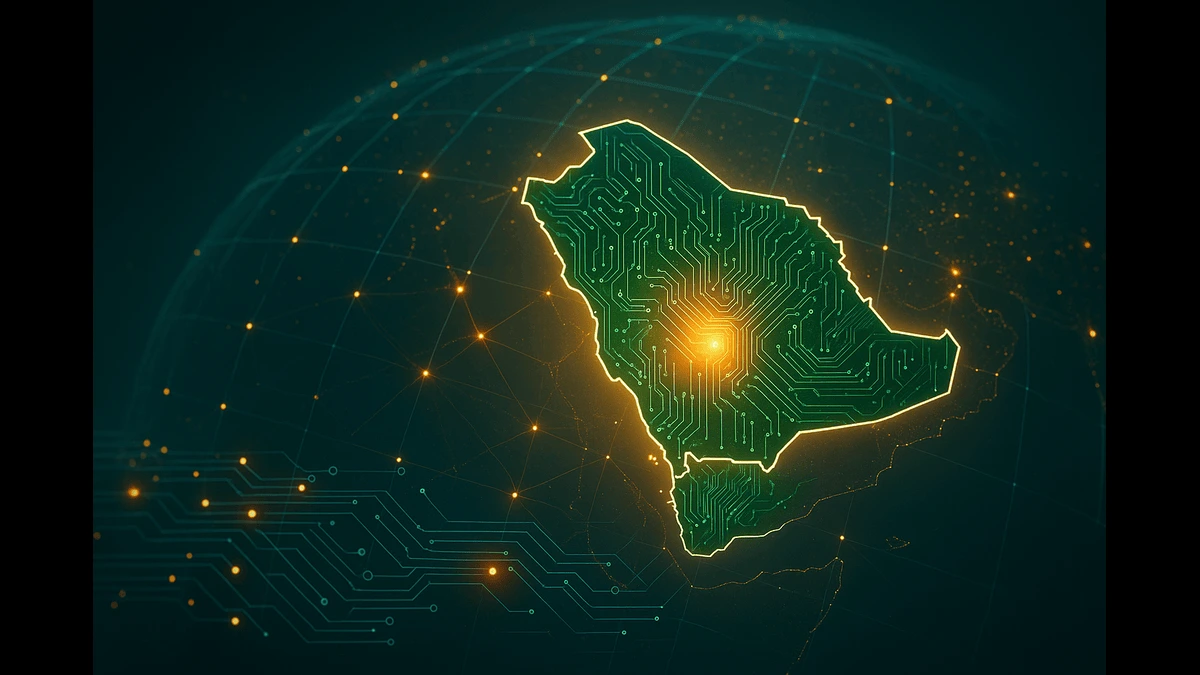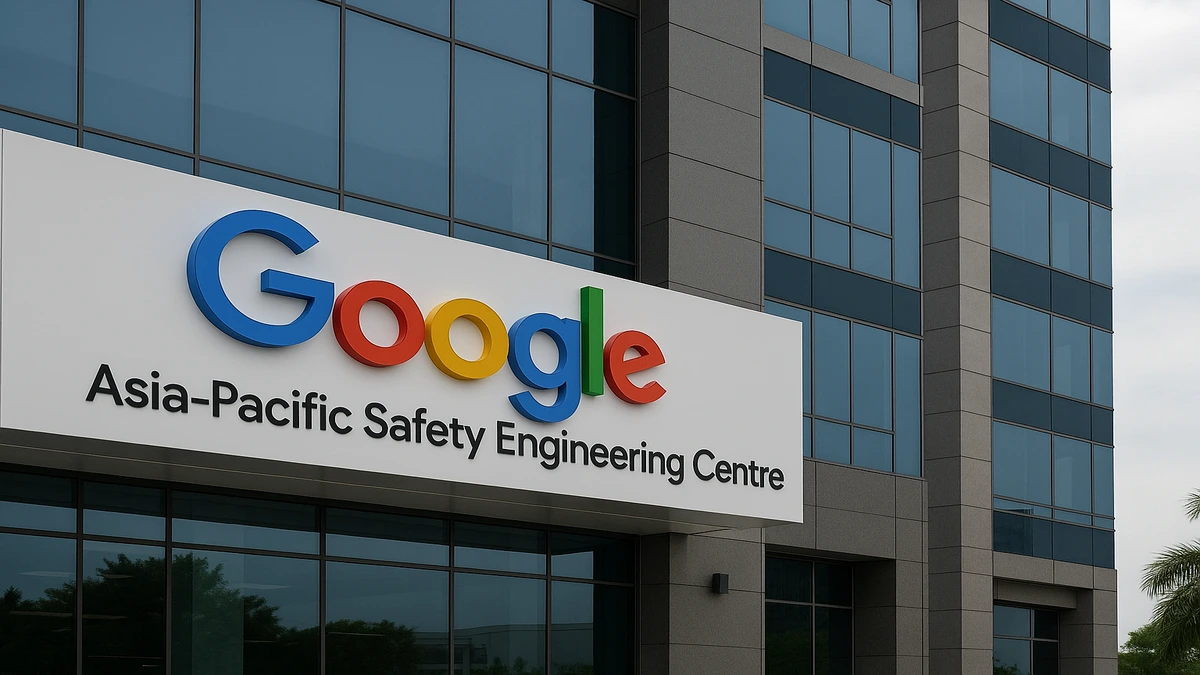
US President Trump’s new tariffs, including a 54% duty on Chinese imports, are shaking up the tech industry. Apple, Nvidia, Microsoft, and Amazon face soaring costs, supply chain turmoil, and AI slowdowns. Explore the impact on global innovation
US President Donald Trump’s announcement of a comprehensive set of trade measures, introducing a 10% baseline tariff on all imports effective April 5, followed by country-specific levies on April 9 targeting 60 nations is poised to reshape the technology sector. These policies termed “Liberation Day” by the administration will drive up costs and expose critical dependencies of US firms on foreign manufacturing and place them in a precarious strategic position. Notable among these are tariffs of 34% on China (stacking with an existing 20% duty to reach 54%), 32% on Taiwan, 25% on South Korea, and 46% on Vietnam. As of April 4, 2025, we are trying to examine the impact on leading technology companies, their supply chain vulnerabilities, and the challenges they face in adapting to this transformative trade landscape.
Escalating Costs for Technology Giants
The tariffs significantly increase the cost of imported components and finished goods, threatening the profitability and pricing strategies of major technology firms:
- Apple Inc.: With over 90% of its iPhone production concentrated in China, primarily through Foxconn, the 54% tariff on Chinese exports markedly elevates costs. For an iPhone with an estimated production cost of $400, the tariff could add approximately $216 per unit. Apple must either absorb this cost- reducing its gross margins from approximately 40% to unsustainable levels—or raise consumer prices, potentially to $1,200 for a baseline model, risking demand erosion. The company’s stock declined nearly 10% following the announcement, underscoring investor concerns over this exposure.
- Nvidia Corporation: Nvidia’s datacenter GPUs, such as the H100, are manufactured by Taiwan Semiconductor Manufacturing Company (TSMC) in Taiwan, now subject to a 32% tariff. A GPU priced at $25,000 could see its cost rise by over $8,000, a burden likely passed to enterprise customers like cloud providers and AI developers. This cost escalation jeopardizes the affordability of AI infrastructure, with Nvidia’s shares dropping a cumulative 13% (2 trading sessions – April 3 and 4 respectively) amid supply chain fears.
- Microsoft Corporation and Amazon.com Inc.: Both companies rely on advanced semiconductors from TSMC (Taiwan, 32%) and SK Hynix (South Korea, 25%) for their AI server infrastructure. A $10,000 server could incur an additional $2,500 in tariff-related costs, amplifying the expense of planned $150 billion investments in US data centres. This threatens delays in deploying next-generation AI models, with Microsoft and Amazon shares reflecting dual pressures from hardware costs and project timelines.
- Broader Hardware Impact: The tariffs extend to Vietnam (46%), a growing hub for electronics assembly, affecting products like laptops and networking equipment. A $500 device could see its price rise to $700 or more, challenging affordability across consumer and enterprise markets.
Supply Chain Dependencies and Nuances
The technology sector’s reliance on specific regions—particularly China, Taiwan, and South Korea—amplifies the tariffs’ disruptive potential:
- China’s Role: Apple’s dependence on China extends beyond assembly to critical inputs like rare earth elements, which constitute over 80% of global supply and are essential for batteries and displays. The 54% tariff not only affects finished goods but also upstream components, locking firms into a costly ecosystem. While Apple has shifted 14% of iPhone production to India, this remains insufficient to offset China’s dominance in the near term.
- Taiwan and South Korea’s Semiconductor Stranglehold: Taiwan and South Korea collectively supply over 60% of the world’s advanced semiconductors, underpinning the AI and cloud computing booms. TSMC’s fabrication plants in Taiwan produce Nvidia’s cutting-edge GPUs, while SK Hynix in South Korea supports Microsoft’s server needs. Tariffs of 32% and 25%, respectively, expose the lack of immediate alternatives, as US-based manufacturers like Intel lag in producing comparable 3nm chips at scale.
- Vietnam’s Diminished Viability: Vietnam’s share of the 46% tariff undermines its role as a diversification option from China. Companies that relocated production—such as Intel’s chip packaging operations—now face equivalent or higher costs, negating prior supply chain resilience strategies.
Strategic Predicaments for Technology Firms
The tariffs place technology companies in a complex bind, with limited options to mitigate short-term damage and uncertain paths to long-term stability:
- Pricing Pressures: Raising prices to offset tariffs risks consumer backlash and reduced market share. Apple’s potential iPhone price hike could alienate cost-sensitive buyers, while Nvidia’s GPU cost increases might slow AI adoption among startups and mid-tier firms. Microsoft and Amazon face similar trade-offs in their cloud businesses, where price competitiveness drives growth.
- Relocation Challenges: Shifting production is a multi-year endeavour. Apple’s expansion in India (subject to a 26% tariff) offers partial relief, but scaling to replace China’s capacity requires significant investment and time. Nvidia and its partners lack viable alternatives to TSMC’s Taiwanese fabs, with TSMC’s US facility in Arizona not expected to reach full capacity until 2027 or later. Domestic options like Intel remain uncompetitive in advanced nodes, leaving firms exposed.
- Innovation at Risk: The AI sector, reliant on affordable GPUs and servers, faces potential stagnation. Costlier hardware could delay projects like Microsoft’s next-generation AI models or Amazon’s cloud expansions, slowing the broader AI arms race. Analysts warn of a possible “AI winter” if rising costs deter investment and experimentation.
- Short-Term Chaos vs. Long-Term Opportunity: While tariffs may eventually incentivize US manufacturing, the immediate outlook is one of disruption. Intel could benefit if domestic production accelerates, but its current technological gap with TSMC limits near-term gains. The industry faces a turbulent transition period, with profitability and innovation hanging in the balance.
As of April 4, 2025, two days after President Trump’s announcement, the technology industry stands at a critical juncture. The tariffs expose the industry’s overreliance on foreign supply chains, particularly China, and impose immediate financial strain. Companies must navigate a landscape of rising costs, constrained innovation, and slow supply chain diversification. While the policy aims to bolster domestic manufacturing, its short-term effect tantamounts to a seismic disruption in the global technological ecosystem, with the full consequences yet to unfold.






